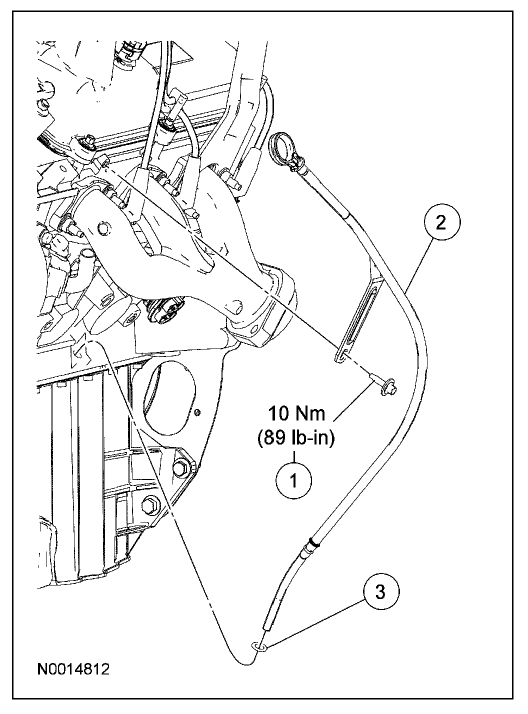
Spark Plug (Motorcraft)Important Note: The SOHC spark plug is about 1/4 inch longer then that of the OHV. Lifters ride on the cam and push rods that extend to rocker arms in the heads which push the valves. The cam and crank are joined in time by a timing chain. The OHV engine has the cam mounted above the crank. Three timing chains are used, one from the crank to the jackshaft, one in the front of the engine to drive the cam for the left bank, and one on the back of the engine to drive the cam for the right bank. The SOHC engine uses a jackshaft in place of a camshaft to drive a timing chain to each cylinder head. It doesn’t rely on push rods, rocker arms, or lifters. The difference between a SOHC 4.0L and OHV 4.0L is that in a SOHC engine there is a camshaft sitting on the top of each cylinder head with the valves running directly off the camshaft. In 1998 the 4.0L SOHC (Single Over Head Cam) engine replaced the 4.0L OHV engine producing 207hp. Though there is some variation, typically 155hp is quoted as horsepower for 1990-1992 applications. The 4.0L OHV engine was produced until 2000 and was used in the Ford Explorer and Ranger. Required replacement of these parts is common in older engines. However, one major design fault was not completely eliminated: Valve rockers and upper pushrod tips still received poor oil supply, resulting in eventual wear to these areas, and consequential valvetrain noise as a result of the increased clearance. Hydraulic roller lifters replaced the simple hydraulic lifters used in the 2.9L, which were sometimes overly sensitive to oil contamination, often requiring the lifters to be replaced prematurely.

A beefier cylinder head design eliminated the 2.9L’s common failure of cracked heads. This evolutionary redesign of the American 2.9L solved many of the reliability issues that plagued its predecessor. Information on this engine is being provided because many Bronco II owners have swapped it in to their Bronco II. The 4.0L OHV (Over Head Valve) V-6 engine found its way in to the Ford Ranger in 1990 and ultimately replaced the 2.9L V-6.


 0 kommentar(er)
0 kommentar(er)
